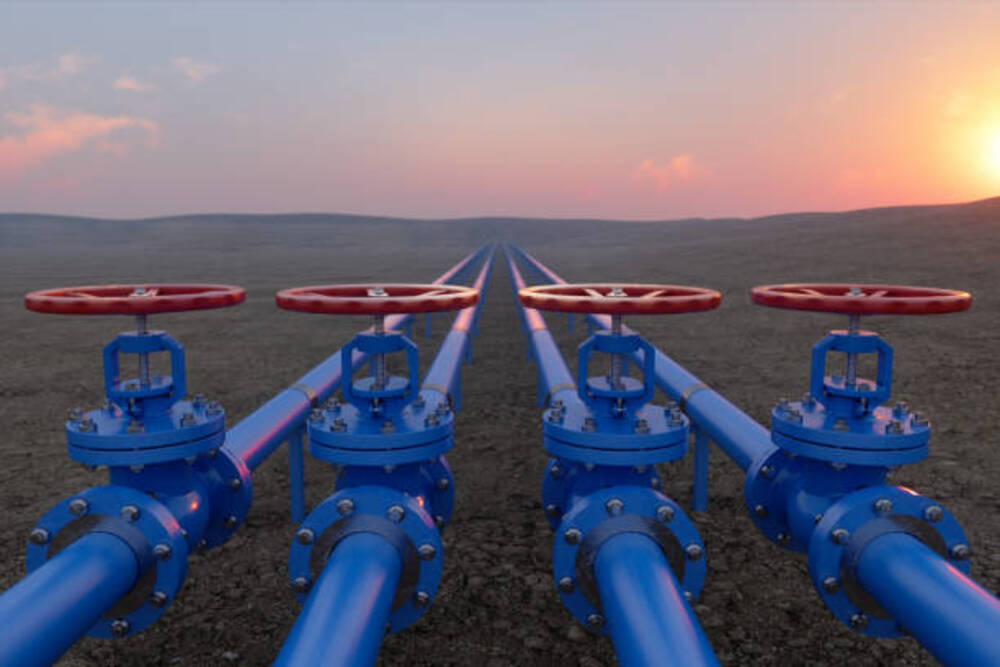Europe’s energy security situation improved a year after the first shock after Russia’s invasion of Ukraine. Despite Russia’s decision to cut gas pipeline supplies to Europe, the continent appears to be in a position to avert fuel shortages. It may be said that Europe had ended this winter more or less comfortably.
Europe has been able to replace a large portion of its imports from Russia with alternative sources. Also, it has set aside enough gas to prepare for next winter.
Squirrels’ way: Europe found the recipe for energy security
Europe has avoided a crisis in part because of its decreased gas consumption. 80% gas storage fill goals were set for the EU as well as a voluntary 15% reduction in winter gas use. Gas consumption in the EU fell by 13%, or 55 bcm, in 2022 compared to 2021. In all of EU history, outright gas use fell by the greatest amount.
These emergency measures, coupled with the EU’s ability to replace lost gas from other sources, have ensured that Europe’s energy security situation remains stable.
EU countries have been able to replace around 70 billion cubic meters of lost Russian pipeline gas from other sources. LNG imports to the EU and Britain rose by nearly 70% in 2022 from sources including the United States and Qatar. The EU’s gas storage is 63% full, which is more than 30 percentage points higher than the same time last year.
Well, no one expects an energy security crisis, but…
Despite avoiding a crisis in energy security, there are still significant concerns. Analysts claim that Moscow’s capacity in causing sharp price increases has likely been diminished. It comes as a result of Europe’s shift away from Russian gas. Europe has seen such price increases last year. But other dangers continue. One is the possible harm to the infrastructure by importing gas from other suppliers into Europe. Russia still supplies 20 billion cubic meters of gas to Europe this year. Only stable current flows, which are uncertain, count toward this.
Governments will need to maintain their efforts to conserve energy and step up the installation of heat pumps and renewable energy sources to prevent a shortage.
While healthy gas storage levels should cushion any supply shocks, Europe’s 100 bcm storage capacity only covers around a quarter of demand.
It looks better now, but what if…
Europe’s energy security situation looks better than fear it will be a year after Russia’s invasion of Ukraine. While there are still risks, the continent appears set to avert fuel shortages and end this winter in a relatively comfortable position.
Europe’s pivot away from Russian gas has likely cost Moscow its ability to trigger huge price spikes, and the emergency measures introduced by the EU have ensured that Europe’s energy security situation remains stable. However, governments will need to continue their efforts to save energy and invest in renewable energy capacity to mitigate future risks.

